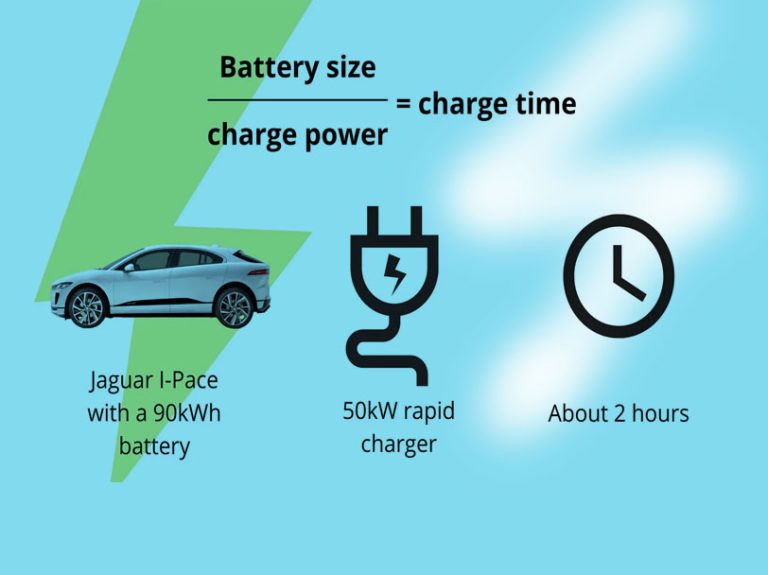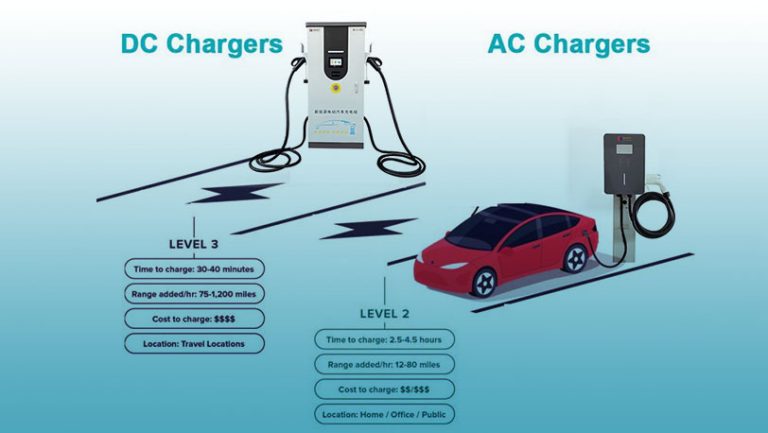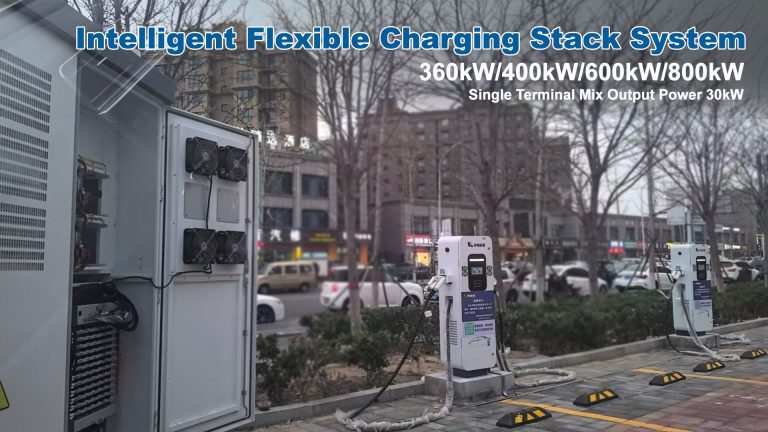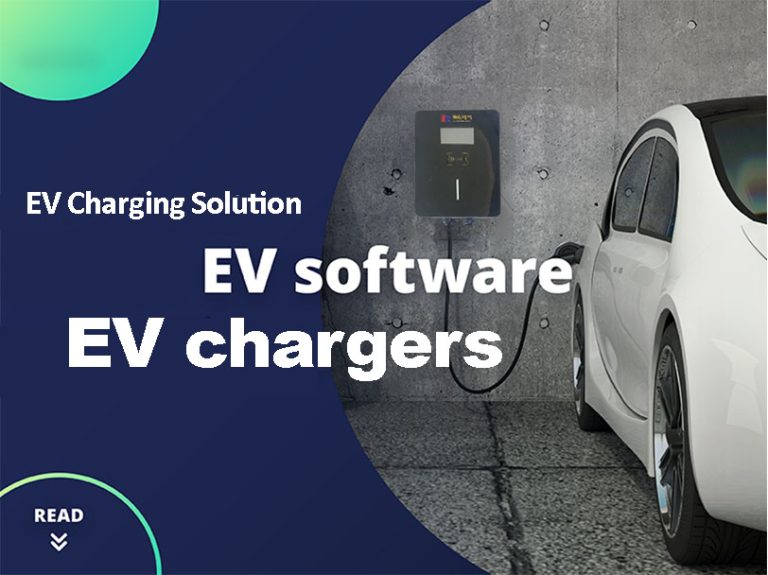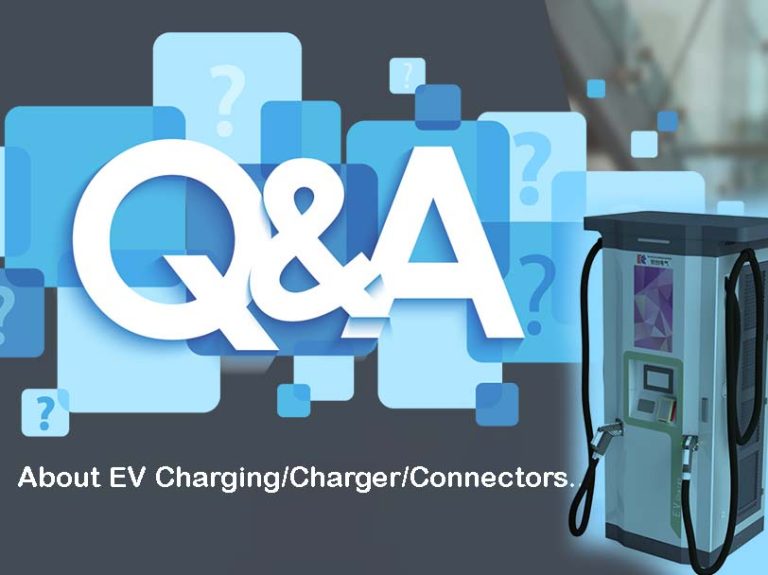How to Choose the Output Voltage Range of an Electric Vehicle Charging Pile
Selecting the correct output voltage range for an EV charging pile is critical for compatibility, safety, and efficiency. Here’s a step-by-step guide to help you make the right choice:
1. Understand EV Battery Requirements
- Check EV specifications: Most EVs support 200–1000V DC (for fast charging) or 120–480V AC (for slow/Level 2 charging).
- Example: Tesla Superchargers use 400–800V DC; household chargers use 220V AC (single-phase) or 380V AC (three-phase).
- Future-proofing: Opt for higher voltage ranges (e.g., 800V) to support next-gen EVs with ultra-fast charging capabilities.
2. Determine Charging Pile Type
| Type | Voltage Range | Use Case |
|---|---|---|
| AC Slow Charger | 120–480V AC (single/three-phase) | Homes, workplaces, overnight charging. |
| DC Fast Charger | 200–1000V DC | Public stations, highways, fleet hubs. |
3. Assess Grid Compatibility
- Residential areas: Use 220V AC (single-phase) or 380V AC (three-phase) to avoid overloading local grids.
- Commercial/industrial zones: Higher voltage (e.g., 480V AC or 800V DC) can be used where grid capacity permits.
- Verify local regulations: Some regions restrict voltage levels for safety (e.g., EU’s IEC 62196 standard).
4. Prioritize Safety Features
Ensure the charging pile includes:
- Overvoltage/undervoltage protection: Automatically stops charging if voltage exceeds safe limits.
- Insulation monitoring: Detects leaks in DC systems (critical for 800V+ setups).
5. Match Charging Speed Needs
- Low voltage (120–240V AC): 3–8 kW, adds ~30–50 km/h – ideal for home use.
- Medium voltage (380–480V AC): 11–22 kW, adds ~60–100 km/h – suited for offices.
- High voltage (400–1000V DC): 50–350 kW, adds ~200–1000 km/h – perfect for highways.
6. Consider Costs and ROI
- Higher voltage = higher costs: Components like cables, connectors, and cooling systems cost more for DC fast chargers.
- Balance demand: Install mixed-voltage stations (e.g., 220V AC + 800V DC) to serve diverse users cost-effectively.
Example Workflow
Step 3: Install surge protectors and dynamic load balancing for grid safety.
Step 1: Survey EVs in your target market (e.g., 80% use 400V systems).
Step 2: For a public station, choose 200–920V DC to cover most EVs and future 800V models.


